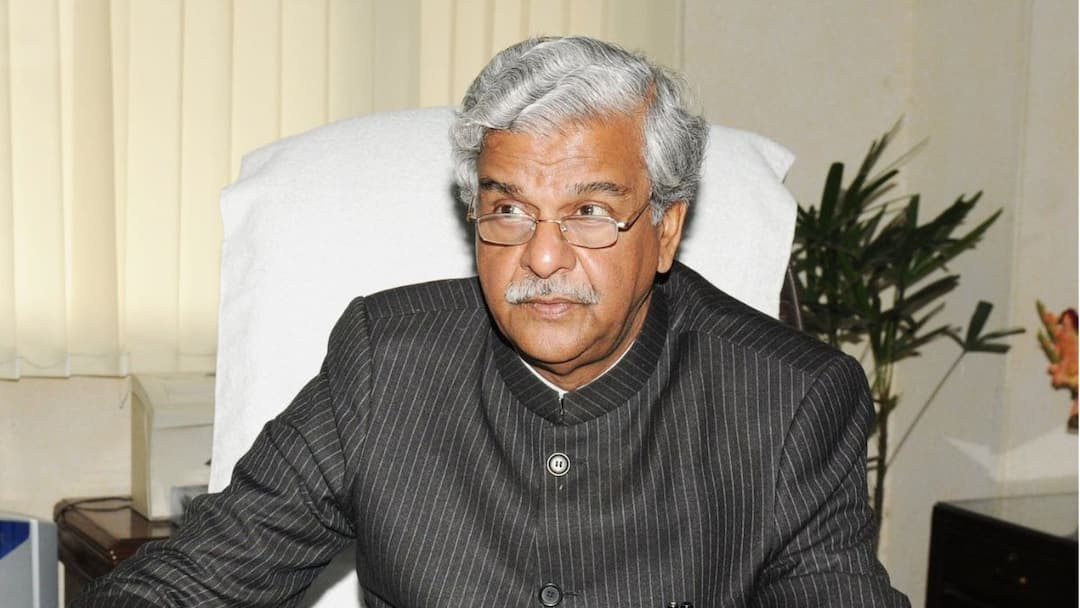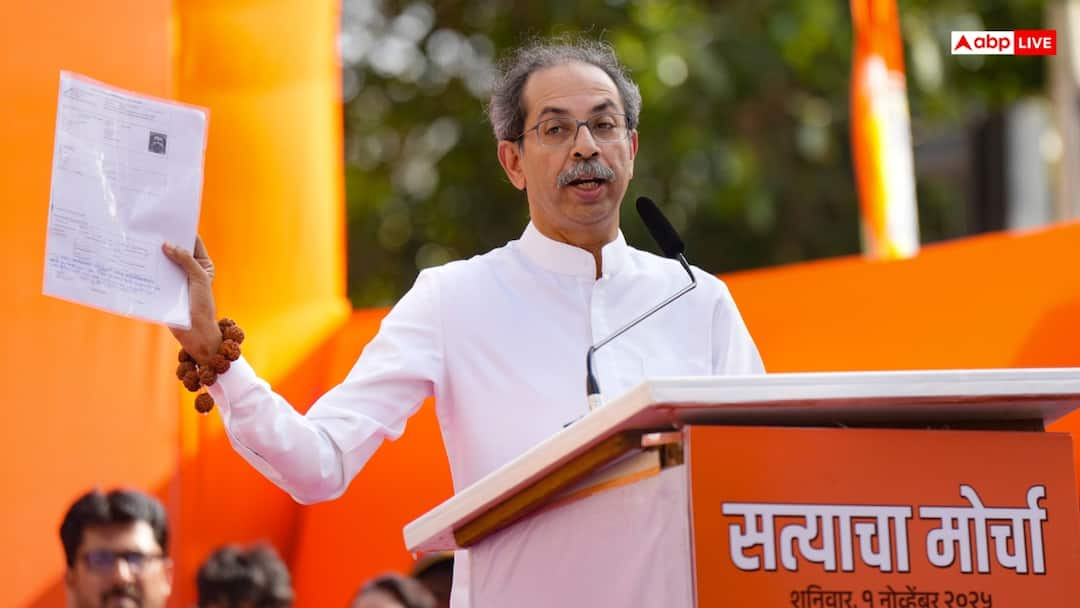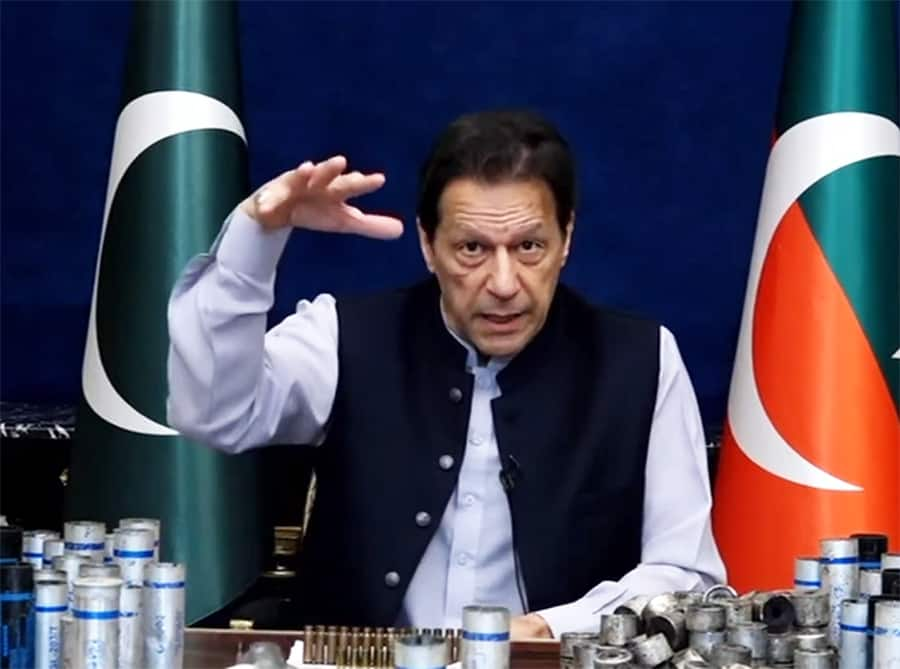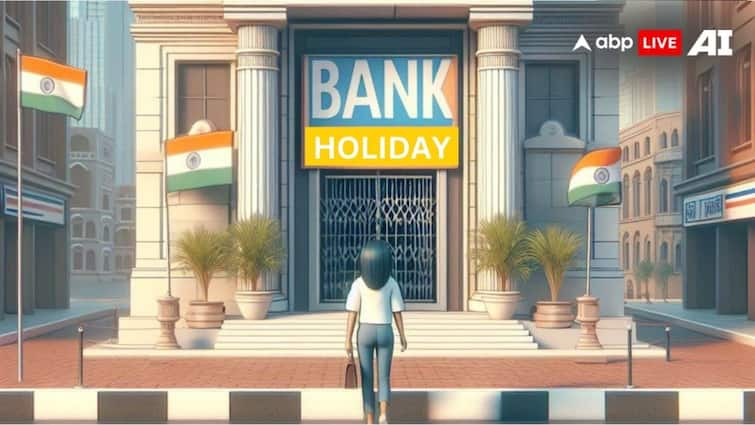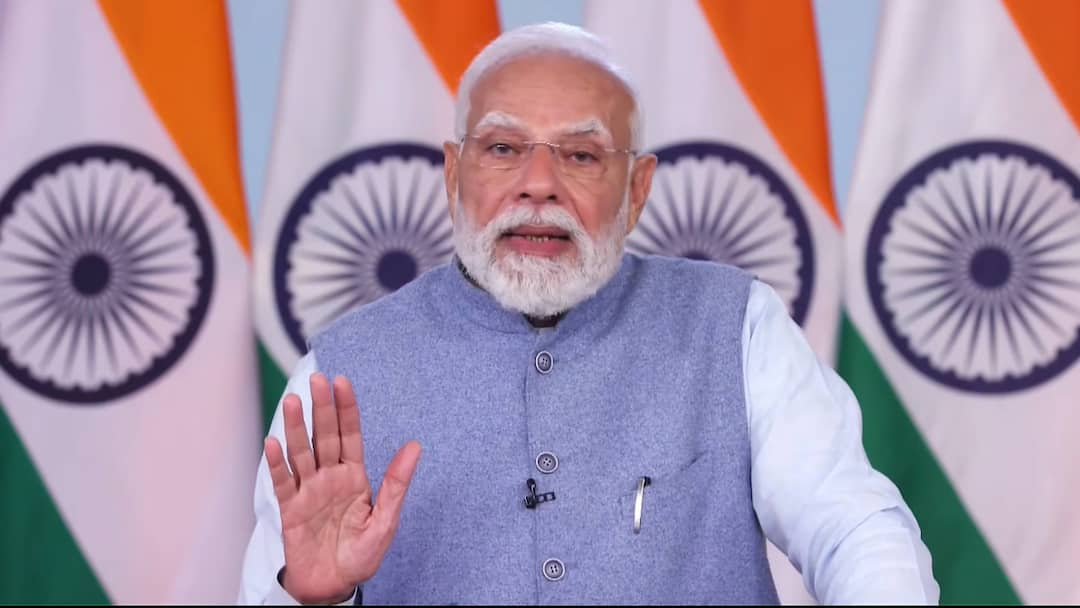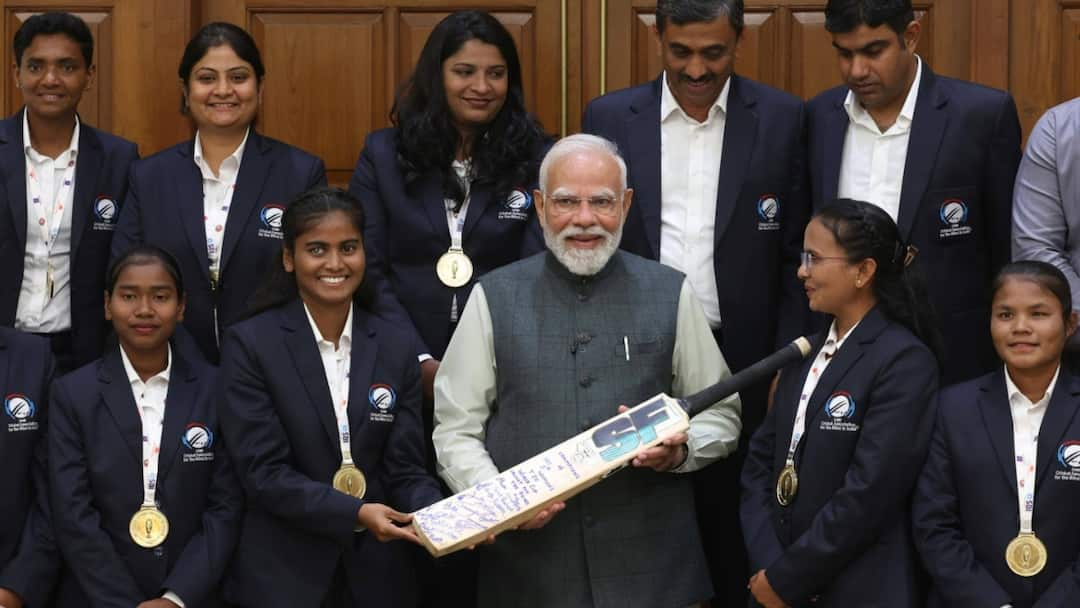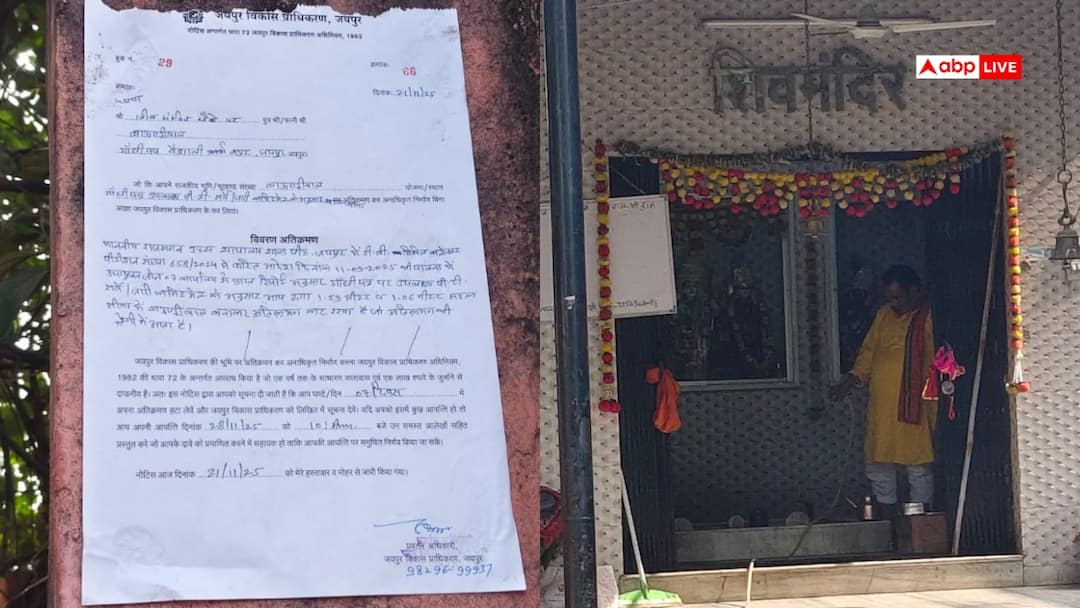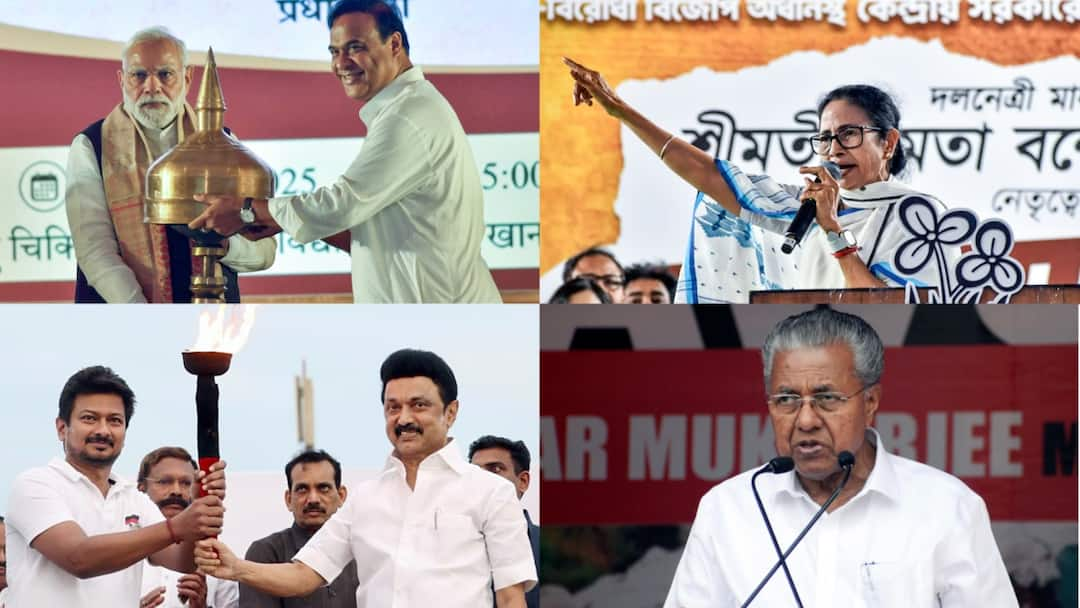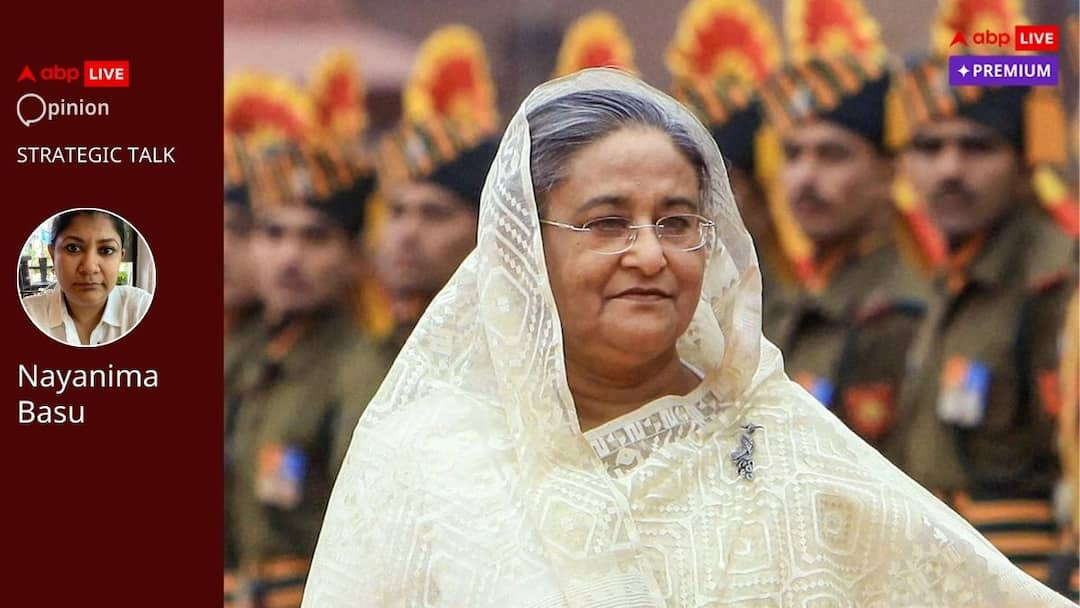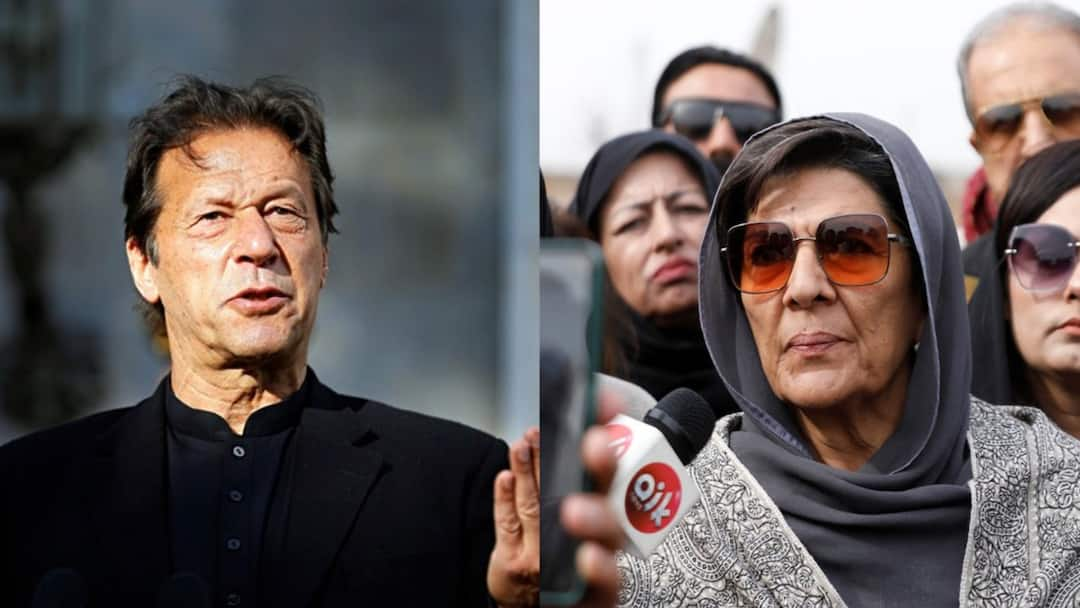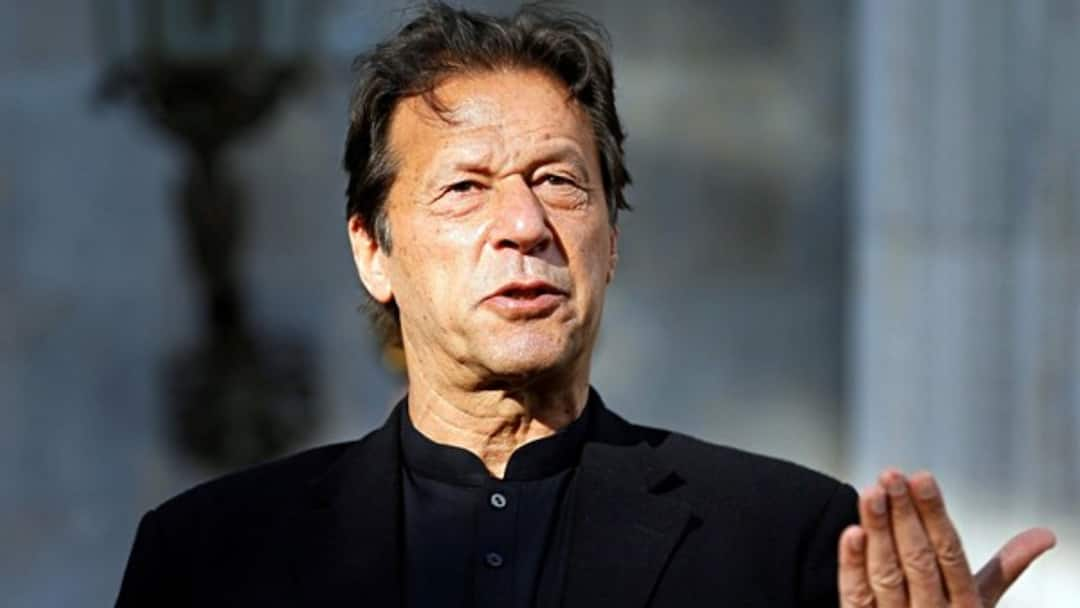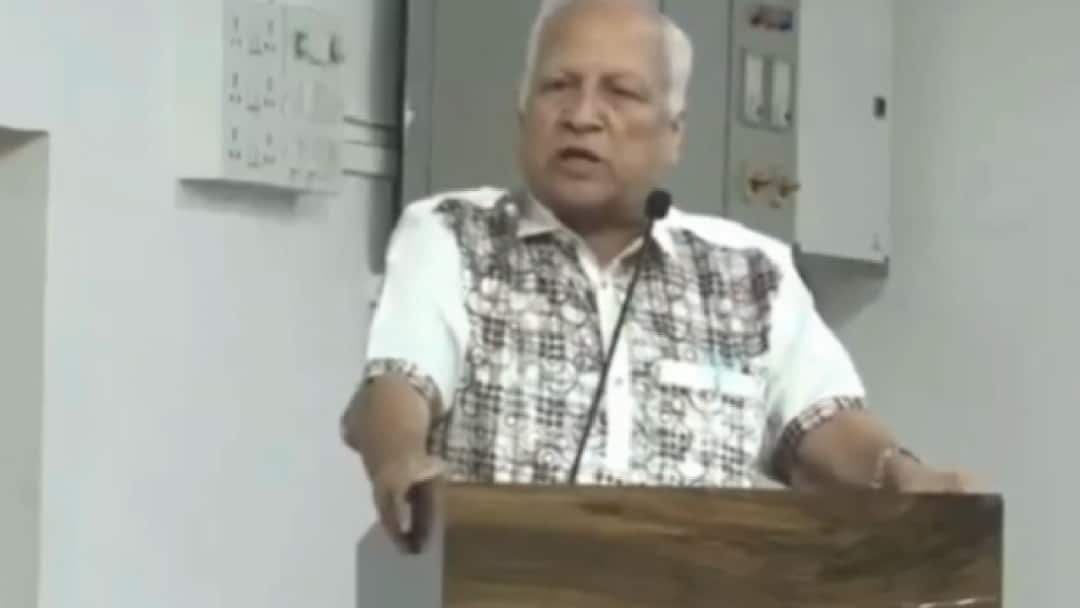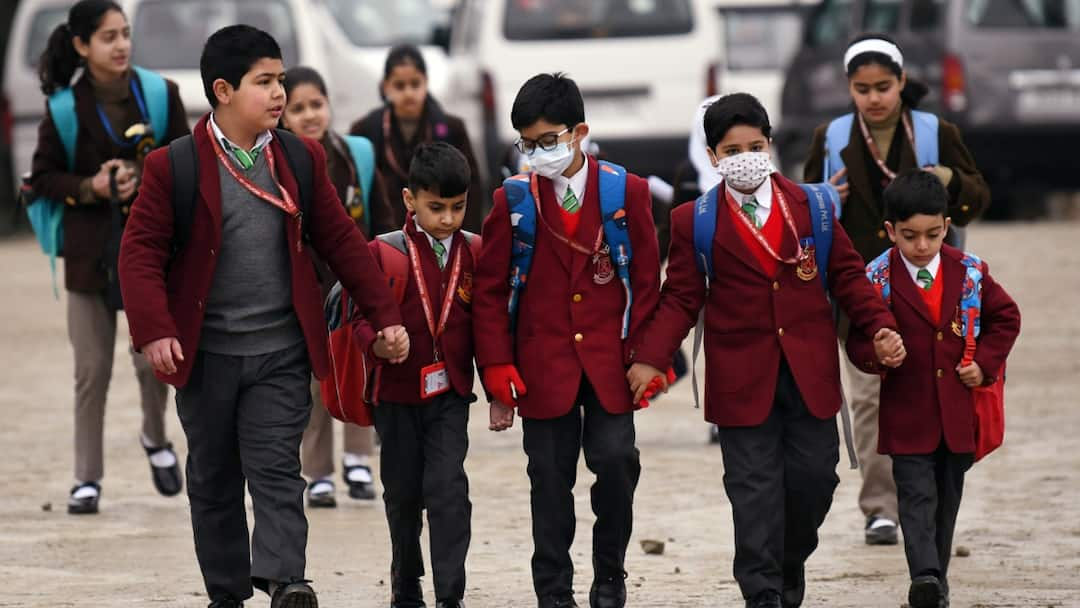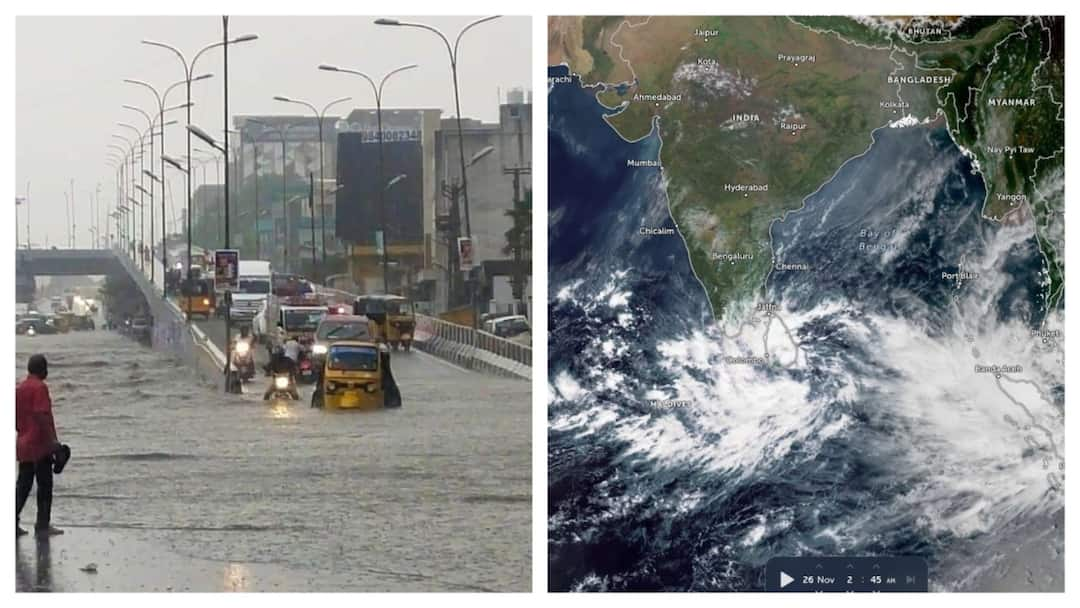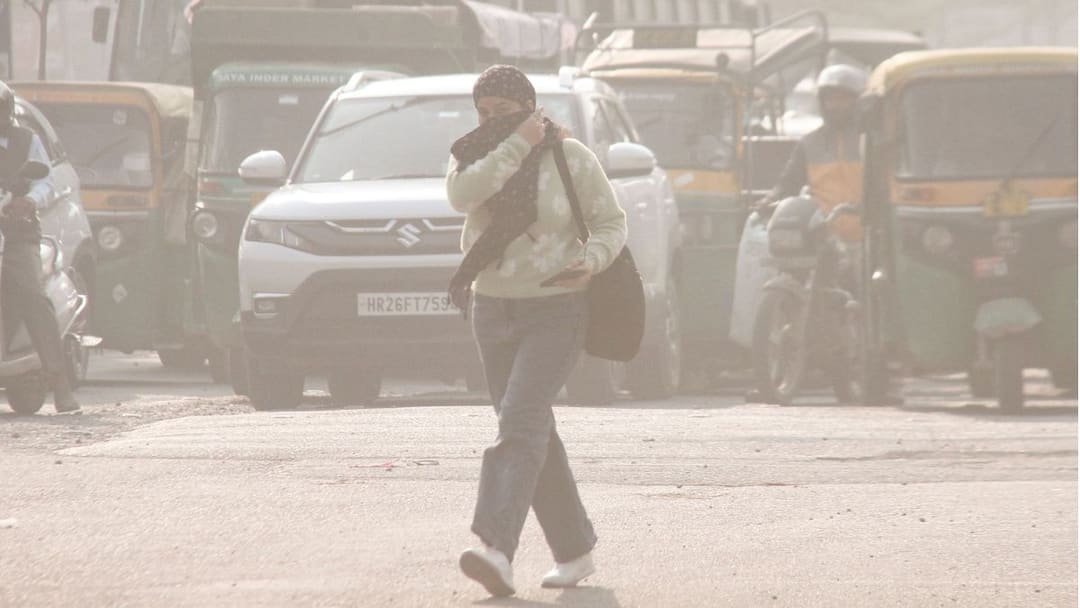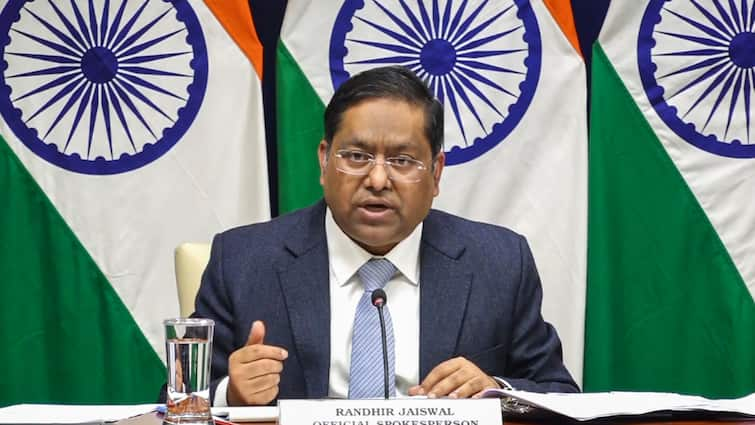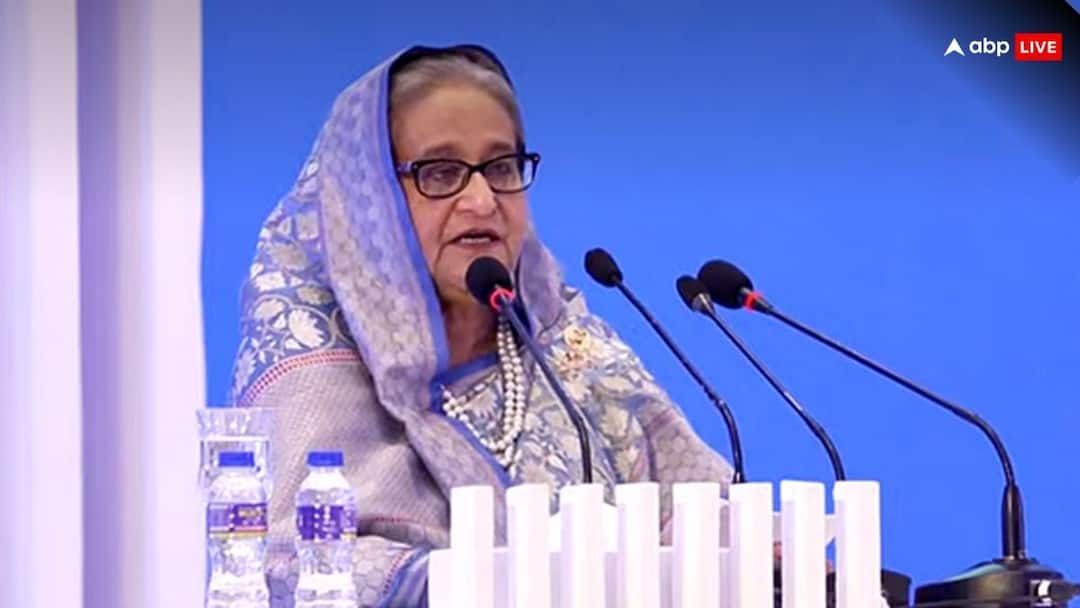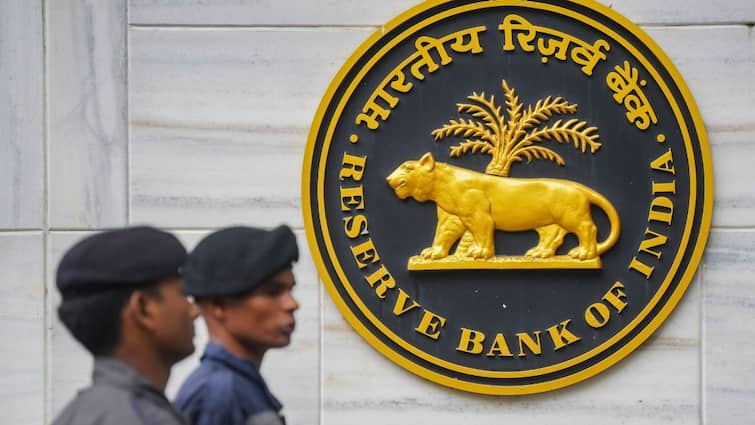
Geopolitical uncertainties may have somewhat abated, but as “global trade challenges continue to linger,“ the headwinds emanating from prolonged geopolitical tensions may well have been instrumental, among other factors, in the Reserve Bank of India’s (RBI) decision on Wednesday to continue with the policy repo rate of 5.5 per cent.
For those unaware, the repo rate is the interest rate at which the central bank lends to commercial banks in times of fund shortages. By maintaining the status quo, the RBI has provided relief from any immediate increase in borrowing costs, a crucial consideration as India’s economic growth, while resilient, remains exposed to global uncertainty, including fresh tariff measures and prolonged trade negotiations.
Global Trade Tensions & Policy Caution
“Prospects of external demand, however, remain uncertain amidst ongoing tariff announcements and trade negotiations,” RBI Governor Sanjay Malhotra stated, articulating the rationale behind the Monetary Policy Committee’s (MPC) decision. “The uncertainties of tariffs are still evolving,” he added.
The MPC’s decision drew broad consensus among economists and industry leaders. Dipti Deshpande, Principal Economist at Crisil, observed that “overall economic growth faces challenges from global uncertainties, particularly the downside to trade from higher US tariffs.”
Anurag Mathur, CEO of Savills India, expressed concern over “rising US protectionism which weighs on trade sentiment,” while highlighting the UK-India Free Trade Agreement (FTA) as a positive step towards deepening trade relationships.
Paras Jasrai, Associate Director at India Ratings and Research, noted there may be scope for monetary easing if the tariff war intensifies. “There is some scope for further monetary easing or a drop in rates, which may unfold if the impact of the tariff war on the Indian economy becomes too adverse,” he said.
From the exporters’ perspective, Pankaj Chadha, Chairman of the Engineering Export Promotion Council (EEPC) India, said that while engineering exports have managed to grow in the current fiscal, uncertainty surrounding the US trade deal poses downside risks. “We, however, hope that an interim bilateral trade deal with the US would be signed in the coming months,” Chadha added.
India now faces a complex trade environment following the United States government’s move to impose a 25 per cent tariff on certain Indian goods, effective August 7. The announcement adds another layer of uncertainty for Indian exporters, already navigating the choppy waters of global protectionism. Notably, the US President has vowed to “substantially” raise tariffs on India within the next 24 hours.
Silver Linings & Structural Strength
In a recent PHD Chamber of Commerce and Industry (PHDCCI) report, which estimates that the recently announced 25 per cent US tariff on Indian imports may have only a marginal impact of 0.19 per cent on India’s GDP.
The white paper released Wednesday offers further perspective. It estimates that the new US tariffs will impact roughly USD 8.1 billion of Indian exports, but the overall economic effect will remain moderate, with a 1.87 per cent dip in total global merchandise exports and just a 0.19 per cent hit to GDP.
According to Hemant Jain, President of PHDCCI, the situation calls for bold strategic shifts. “The tariff challenge accelerates India’s need for export sophistication and geographic diversification. Our strategy framework provides a roadmap for converting this disruption into an opportunity for long-term competitiveness enhancement,” he said.
Amid global concerns, the RBI has retained its projection for India’s real GDP growth at 6.5 per cent for FY2025-26, with quarterly estimates ranging from 6.3 to 6.7 per cent. This optimism is underpinned by structural strengths, notably the moderation of the current account deficit (CAD) to 0.6 per cent of GDP in 2024–25 from 0.7 per cent a year earlier, supported by robust services exports and strong remittance inflows.
India’s share in global services exports has increased significantly, from around 2 per cent in 2005 to 4.3 per cent in 2024, driven by growth in software and business services. These trends are expected to keep the Current Account Deficit (CAD) within sustainable limits this year, even amid a wider merchandise trade deficit.
While the 25 per cent tariff does present immediate challenges, India’s diversified economy and resilient domestic demand offer a strong buffer. At the macro level, the impact remains manageable and could even catalyse a strategic pivot towards market diversification and higher-value exports.
Doonited Affiliated: Syndicate News Hunt
This report has been published as part of an auto-generated syndicated wire feed. Except for the headline, the content has not been modified or edited by Doonited





